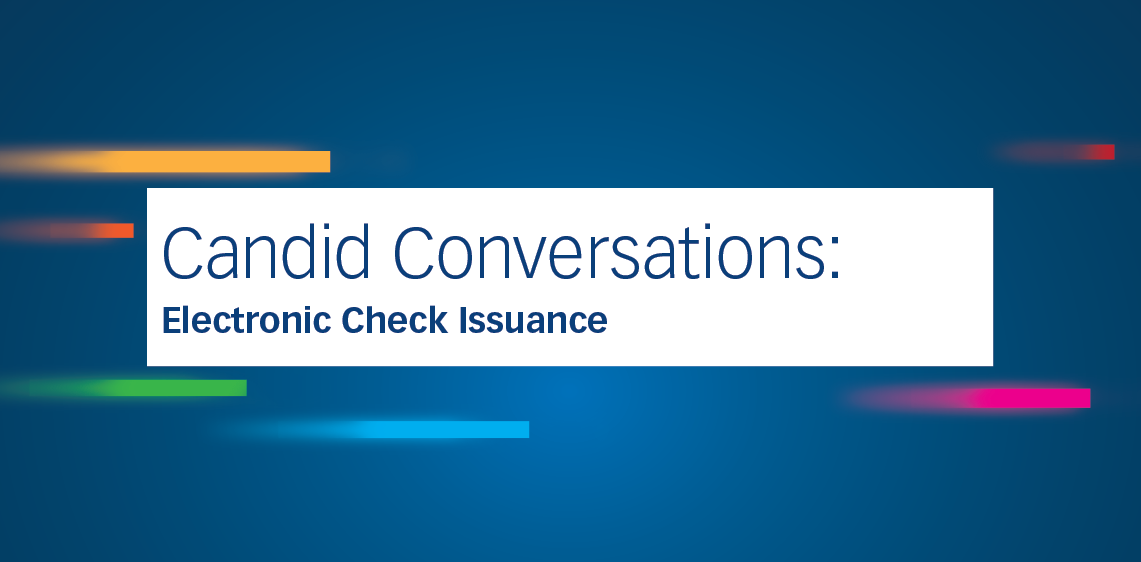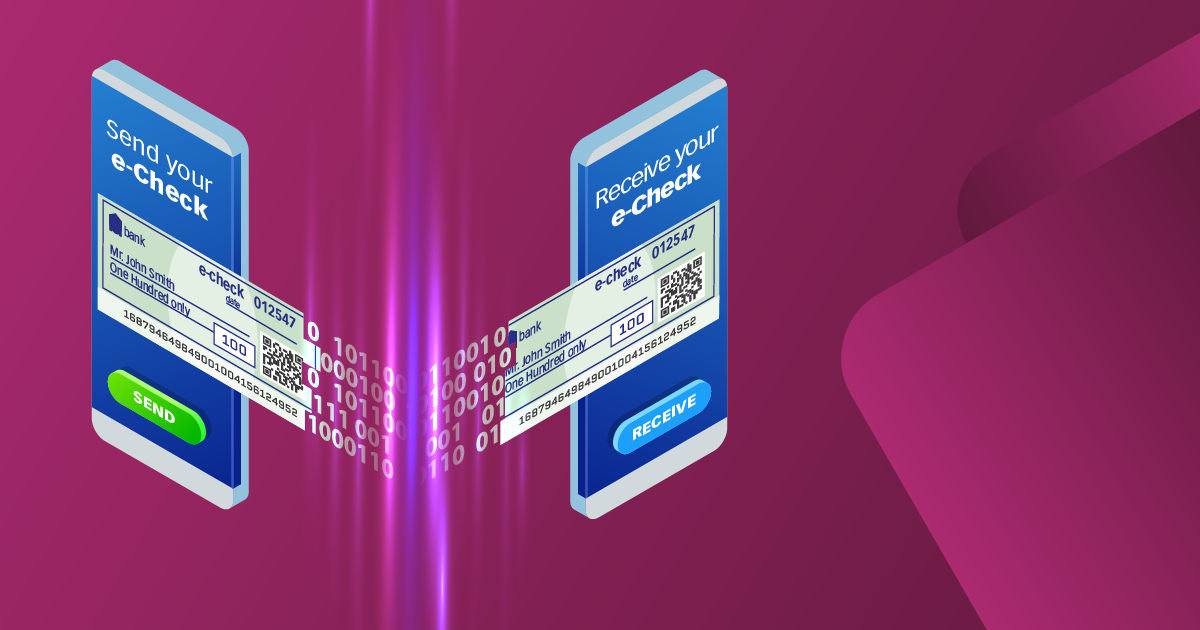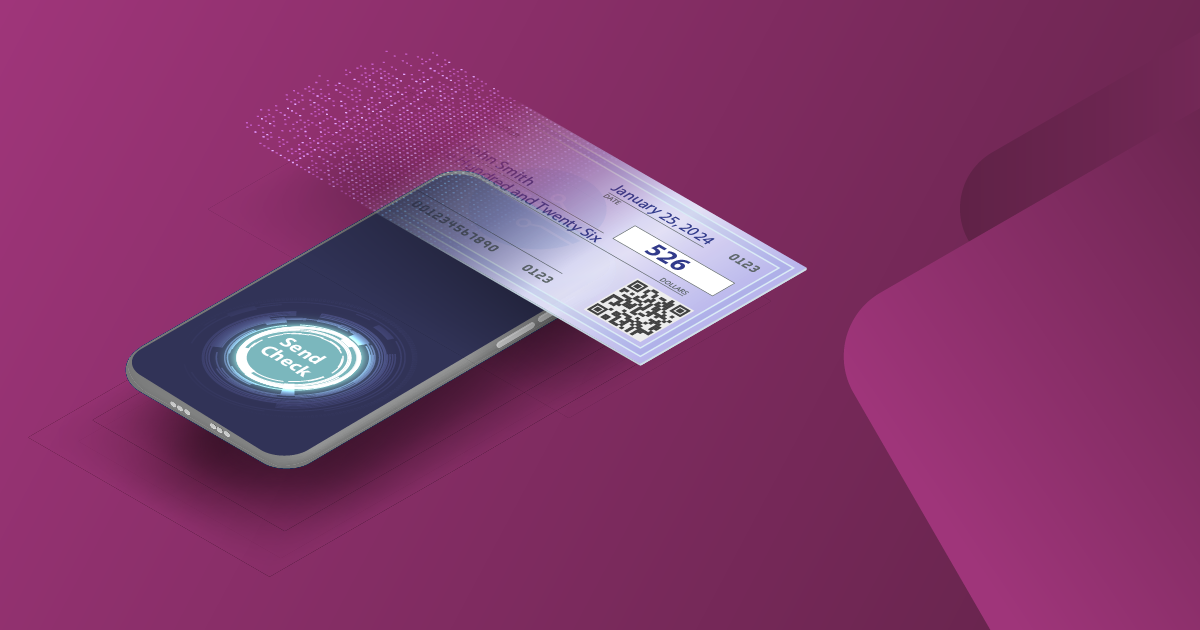

We asked ProgressSoft’s Chief Solution Architect, Mahmoud Zamel, all about electronic check issuance; from why the solution was created, to how it impacts the wider industry today.
Here are the interesting results.
- What triggered the need for the creation of an Electronic Check Issuance solution?
It was January 2016, 18 years after the launch of our Electronic Check Clearing suite, when we realized the need to once again revolutionize the check process.
This realization was driven by business market trends and major drivers that we observed in several countries around the world, mainly:
- The number of returned checks for non-sufficient funds in almost all countries was not getting reduced due to the market behavior of issuing post-dated checks with no guarantee of funds availability at the time the check was due. Our calculations estimated that the number of returned checks was 8 – 10% of the daily volumes of checks presented for clearing.
- The potentials of check fraud were increasing thanks to advancements in printing technologies where anybody can get their hands on an excellent production printer just for a few hundred dollars. This increased the number of fraudulent paper checks being presented for collection or clearing in the years ahead of 2016.
We figured that we could overcome these issues by totally converting paper check instruments into equivalent electronic records that adhere to the latest cryptographic security measures and comply with the universal Electronic Records Management System (ERMS) standards. The great advancement in cryptographic technologies at the time also reinforced the potentials of this idea.
Building on this rationale, we figured why not replace both the physical paper check instruments and the authorized signatures of payers too. So we decided to also convert check signatures into electronic authorized signatures utilizing Public Key Infrastructure (PKI) cryptographic technology.
In October 2016, we had already built a prototype for ProgressSoft’s Electronic Check Issuance solution and were able to carry out a live demonstration to central banks. In 2018, the solution was proposed as part of our Electronic Check Clearing suite upgrade implemented in the Central Bank of Bahrain, and in 2019, ProgressSoft’s Electronic Check Issuance solution was successfully implemented in the Central Bank of Bahrain, serving all banks and retail payment service providers in the country and considered as the first solution of its kind in the entire world.
- Can you provide us with more details on how the solution works?
Simply put, the bank issues new e-checkbook serial numbers the same way they do for paper-based checkbooks, except without the need for printing or delivering the physical checkbooks to end consumers.
Once these new serial numbers are issued by the bank, the payer can immediately start writing and digitally signing e-checks electronically through the solution’s mobile apps and public web portals or online banking channels. When we refer to digital signatures, we are not denoting stylus pens used for drawing signatures, but rather a special cryptographic key that allows the payer to generate a special print known as the ‘cryptographic digital signature’, which is attached to their identity when they first register for the e-check services.
Corporate customers can also utilize e-checks and define their corporate authority matrix. Clerks and accountants can be allowed access to the public web portal of the solution in a smart self-registration process, ultimately obtaining authorization that is approved by corporate owners to write e-checks on behalf of the corporate. Once the corporate e-check is written, it waits in a special queue until all the signatures of authorized signatories are collected electronically before being shared with the beneficiary.
Once a beneficiary receives an e-check whether from a payer or a corporation, they can request to deposit the received e-check into their own accounts. Beneficiaries that are identified by their national ID, mobile number, or registration codes, can also receive an alert as soon as a written e-check to their benefit has been fully signed.
Depositing banks then validate the deposit account before passing the deposited e-check to the paying bank for collection or clearing.
Once the paying bank clears the e-check, it becomes logged for settlement at the central bank and the funds are then moved to the beneficiary’s account.
- How is the solution changing the industry?
The solution does not only automate the current check issuance, handling, processing, clearing and settlement processes, but totally converts these processes into a new paradigm for checks – which is revolutionary for the financial industry.
Financial institutions can save millions of dollars
Converting the check paper instrument into a fully electronic cryptographic record eliminates the need for printing paper checks and checkbooks. This in turn eradicates the whole cost of paper checkbook printing and delivery. To give you a clearer example about the potential eradicated costs, a client of ours used to print an average of 120,000 checkbooks per year, with 50 checks within each checkbook, and end users would pay around 13$ for each checkbook – amounting to 1,589,103$ in eradicated costs after utilizing ProgressSoft’s Electronic Check Issuance solution. Eradicating the risk of returned checks in terms of compliance and reputation too, was also an invaluable outcome for the client.
Truncated and digitized check issuance process
Being able to request e-checkbooks truncates the physical checkbook issuance process by 10 days. It also eliminates the need for customers or agents to visit banks for physical checkbook handling as e-checkbook sequences are made available to payers for writing and signing immediately after being issued by the corresponding account-holding bank. The process of writing, signing, issuing and delivering becomes fully electronic, and can be shared through any social networking channel that is omnipresent in our daily lives.
The solution also eliminates the need for beneficiaries to visit banks or check deposit machines to deposit their checks where they are able to easily deposit received checks using banks’ front-end channels or the solution’s mobile apps and public or corporate portal facilities.
Reduced fraud and enhanced trust
Beneficiaries can immediately verify the received e-check and whether it is written and signed by the actual payer, validating that it’s genuine and reducing fraud potential. This enhances trust in the check instrument as well as among transacting parties.
Accelerated and secured processes
The process of signature verification is completely transformed from traditional, paper-based written signatures into cryptographic-based digital signatures that are validated centrally and in compliance with the international standards for Electronic Qualified Signatures (EQS). This massively truncates the manual-based processes of signature verification and accelerates the check clearing process, directly and positively impacting the availability of funds.
Impact on the wider economy
When paper checks are converted into electronic checks, whole check lifecycle from issuance to settlement is simplified. This in itself, and the above-mentioned outcomes, not only impact the financial sector, but the whole of an economy in a country that is reliant on check transactions.





